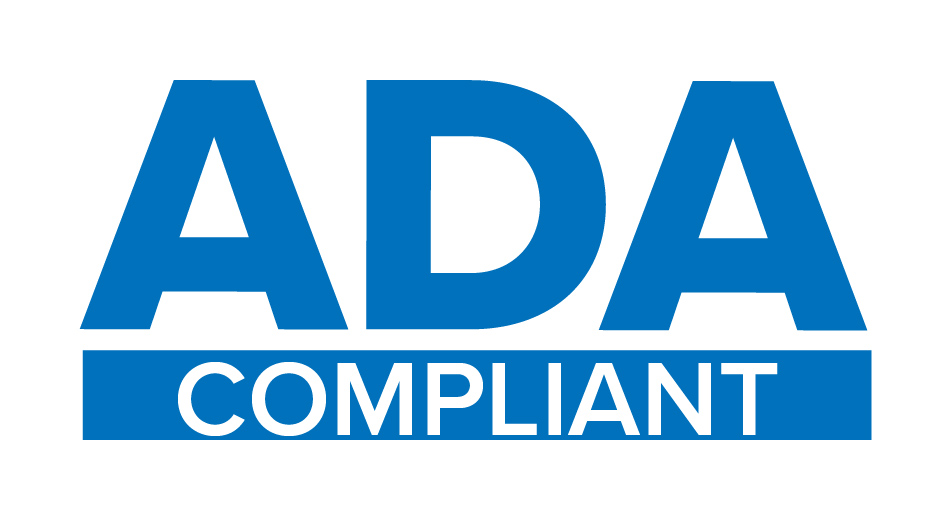“No one should face breast cancer alone” is this year’s theme for Breast Cancer Awareness Month. It serves as a reminder for providers to consider the many ways they can partner with patients and families in the prevention, detection and treatment of breast cancer.
According to the Susan G. Komen cancer organization one in 2023, it’s estimated among women in the U.S. there will be:
• 297,790 new cases of invasive breast cancer (This includes new cases of primary breast cancer, but not breast cancer recurrences.)
• 55,720 new cases of ductal carcinoma in situ (DCIS), a non-invasive breast cancer
• 43,170 breast cancer deaths National Breast Cancer Awareness Month is observed in October each year to promote screening and prevention of breast cancer.
This observance provides a focused time to support patients and families facing a breast cancer diagnosis; educate people about breast cancer risk factors, emphasizing the importance of regular screening starting at an age that’s appropriate for their personalized risk; and to fundraise for breast cancer research. .
In the 1980s and 1990s, the rate of breast cancer incidence rose, largely due to increased breast cancer screening with mammography The rate of breast cancer incidence declined in the early 2000s. This decline appears to be related to the drop in menopausal hormone therapy use after it was shown to increase the risk of breast cancer.
Mammography screening rates also fell somewhat in the early 2000s. However, studies show the decline in the rate of breast cancer incidence during this time was not likely due to the decline in screening rates.
Since about 2005, the overall breast cancer incidence rate has increased slightly (by less than 1% per year). This may be due, in part, to an increase in body weight and a decline in the number of births among women in the U.S. over time.
Trends in incidence rates of breast cancer may be different among some groups of women.
Breast cancer mortality rates over time From 1989 to 2020 (most recent data available), the breast cancer mortality rate in U.S. women decreased by 42% due to improved breast cancer treatment and early detection. Since 1989, about 460,000 breast cancer deaths in U.S. women have been avoided.
The breast cancer mortality rate in women decreased by about 1% per year from 2016 to 2020. Different breast cancer mortality rate trends may have been seen in some groups of women.
Race/ethnicity and breast cancer incidence rates over time The overall incidence rate of breast cancer is higher among white women than among Black women.
From 2015 to 2019 (most recent data available), the incidence rates of breast cancer in white women and Black women increased slightly (less than 1% per year).



